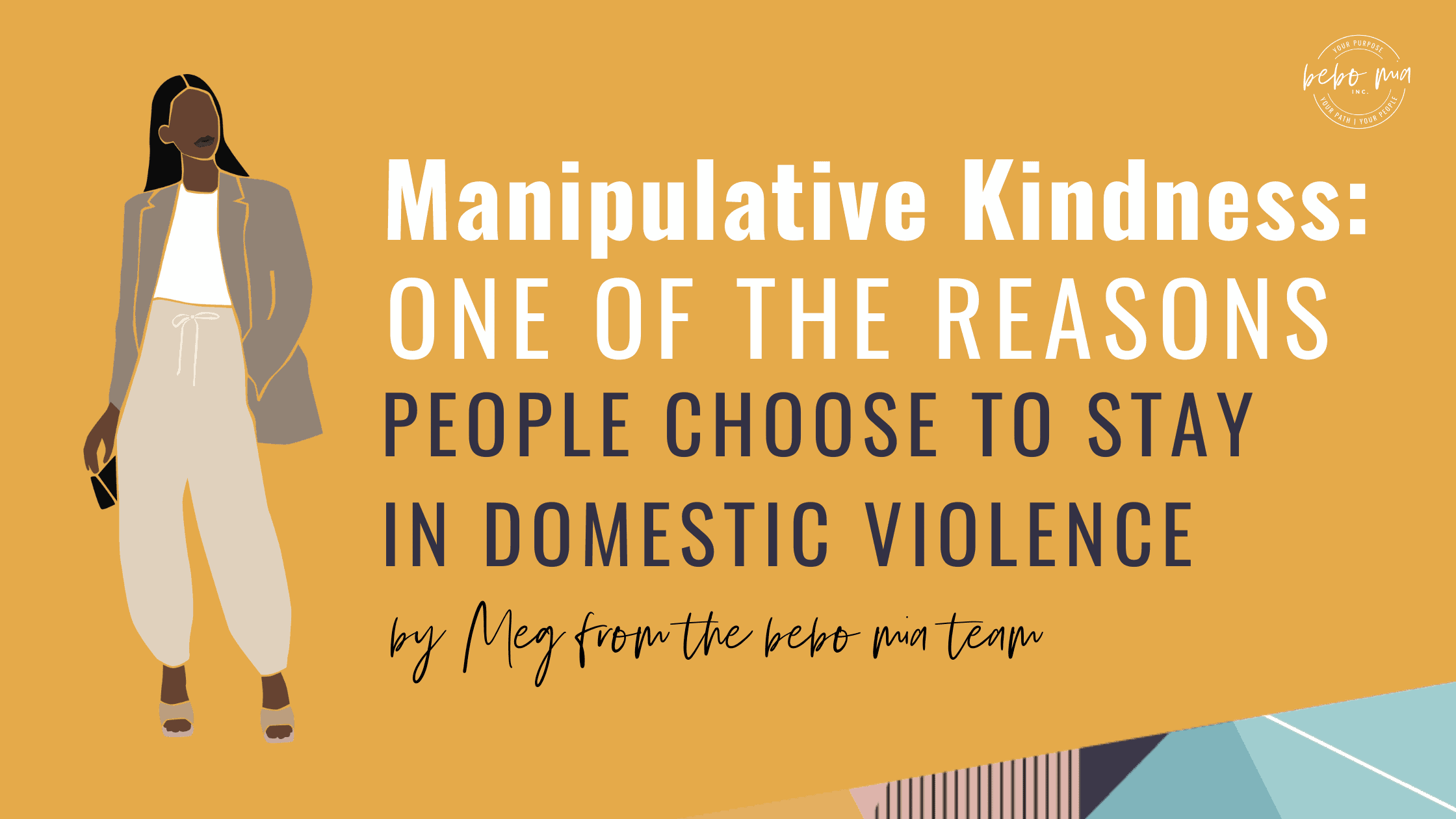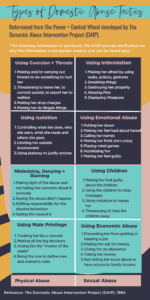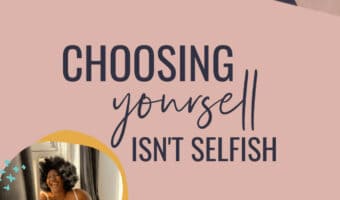[wpseo_breadcrumb]
Written by Meg Kant
*CONTENT NOTE: Discussion of Domestic Violence*
In another chapter of my life, I worked for an organization supporting people experiencing domestic violence (DV). DV is also known as intimate partner violence, relational abuse and/or domestic abuse. Through that work I learned a lot about the complexities of DV and the importance of reducing/eliminating shame for people experiencing it.
Before I sat down to write this week’s blog our team received an email from a student currently living in a domestic violence (intimate partner violence) situation. She shared about what she is going through and wanted us to know that learning was still a priority to her. But she also wanted us to know that getting herself and her children to somewhere safe is her priority at the moment, rightly so.
Emails like this are not uncommon for us to receive. A significant portion of our community lives in and/or fleeing domestic violence. Which is why it feels vital that we provide support, resources and education around this experience/topic.
All the things I didn’t know
On the first day of my new job I was asked to share how I had been personally impacted by domestic violence. I told my colleagues I had never witnessed or been impacted by DV (I was so naive). Then we spent the next 6 hours learning about domestic violence and understanding the dynamics around power and control. I learned about the complexities of domestic abuse and the unfortunate reality of how many people experience domestic abuse. By the end of the training day I realized that not 1, but 2 of my closest friends were experiencing intimate partner violence and I had had no idea.
*Important Note* I am not a Domestic Violence Expert. I am sharing based on research, training and working with people experiencing domestic violence. There are lots of resources available should you like more information, some are linked at the bottom of this blog.
Why anyone would stay in domestic violence?
For people who have not experienced domestic violence, or supported someone through DV, it can be difficult to identify and often more difficult to understand why anyone would stay.
Choosing to leave an abusive relationship is influenced by multiple factors. Finances, housing, support of family + friends, work, childcare and safety just to name a few. It is not a decision that is made lightly, and it can feel minimized when friends and family say things like “well you should just leave”, because it is not that easy.
It is important to understand that the onset of abuse is often so slow and so imperceptible that people experiencing abuse do not always realize it is happening. With time, the actions and behaviors of the abuser can become normalized. Coupled with their abuser minimizing their experiences, it can be difficult to trust their own instincts and interpretations of the situation.
There is a misconception that domestic abuse only relates to physical and sexual violence. And while they are often part of the abuse, there are also huge emotional, financial and mental tactics used as forms of abuse as well.
The graphic in this blog is about some of the Types of Domestic Abuse Tactics. It is referencing The Power and Control Wheel, copyright to The Domestic Abuse Intervention Project, 1984.
Manipulative Kindness
An important aspects to understanding domestic violence is that the abusive person doesn’t always act aggressively. In order to maintain power and control, the abusive person will use multiple forms of abuse, including emotional manipulation (Barnett, O. W., & LaViolette, A. D. (1993). One tactic uses the performance of kindness as a form of emotional manipulation, which can be identified as “manipulative kindness”(Luana Trende Nery). This is particularly common after there has been a big fight/incident. When using manipulative kindness abusive people can be loving, attentive, caring, kind and considerate. They may give gifts, apologize and promise to never do anything abusive again.
To the person being abused, manipulative kindness can make them feel hopeful. It doesn’t necessarily feel like manipulation; it feels like genuine kindness, like they are getting their partner back. And this makes sense because this is someone that they love. And much of the time they are working really hard to try to make their partner happy, or to “fix” the abusive behavior.
This is key in understanding why someone chooses to stay, or return to domestic violence. They have seen their partner show them kindness, love, empathy and compassion. They have experienced their partner being romantic, thoughtful and supportive. And while on the outside we can see and acknowledge that those behaviors are tactics of manipulation, that does not mean that they don’t feel like the truth to people experiencing them. They want to believe their partner can change, and they want to believe that they can help them change.
Manipulative Kindness is one of the reason people choose to stay in domestic violence.
How can we help if we suspect that someone is experiencing domestic violence?
People who are living in and/or fleeing domestic violence are some of the most resilient, adaptive, smart, thoughtful and supportive people in the world. Every day they are navigating a new and different stress and doing their best to mitigate/defuse it. They are constantly running a tally in their brain of ways to avoid conflict (which is not always possible) and/or ways to help stay safe. These are people who are giving their all and doing their best, and the chances are likely that they are exhausted. Exhausted from…
- Trying to avoid a blow up
- Trying to rationalize the abuse
- Never feeling safe
- Walking on eggshells in their own home
- Pretending everything is okay
- Having to put on a happy face
How can we help?
First and foremost, we can be there for support and understanding. We can listen without trying to solve problems. We can do our own research and learn about supporting someone living in domestic violence. Remind them that they are loved and cherished. We can remind them, as many times as they need, that we are not judging them. We know that they are making choices that feel right for them. Tell them they are not alone. And we do these things all. the. time.
That is how we can help.
Choosing to leave an abusive relationship is not a simple or easy decision. In fact, we know that statistically people will leave between 7-9 times before they leave forever. So it is imperative that we know that as we are supporting people through. There will likely be a lot of back and forth, and a lot of difficulty with the decision. Rather than push for a certain outcome, we are there to support them all the way through.
If you or someone you know is experiencing domestic violence, here are some resources that might be helpful:
https://endingviolencecanada.org/getting-help/
https://ec.europa.eu/justice/saynostopvaw/helpline.html
https://au.reachout.com/articles/domestic-violence-support
Xoxo,
Meg + The #bebobabes

FREE ONLINE MINI-COURSE
BLISS IN BUSINESS RETREAT
Your future is created by what you do today — that's why we created a completely FREE mindset mini-course to help doulas and birth workers find bliss in their business!






